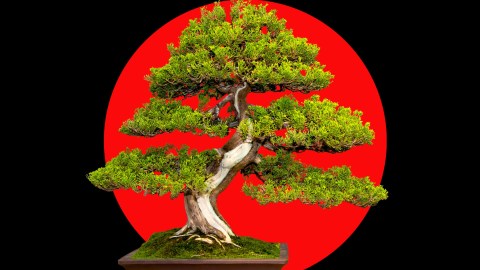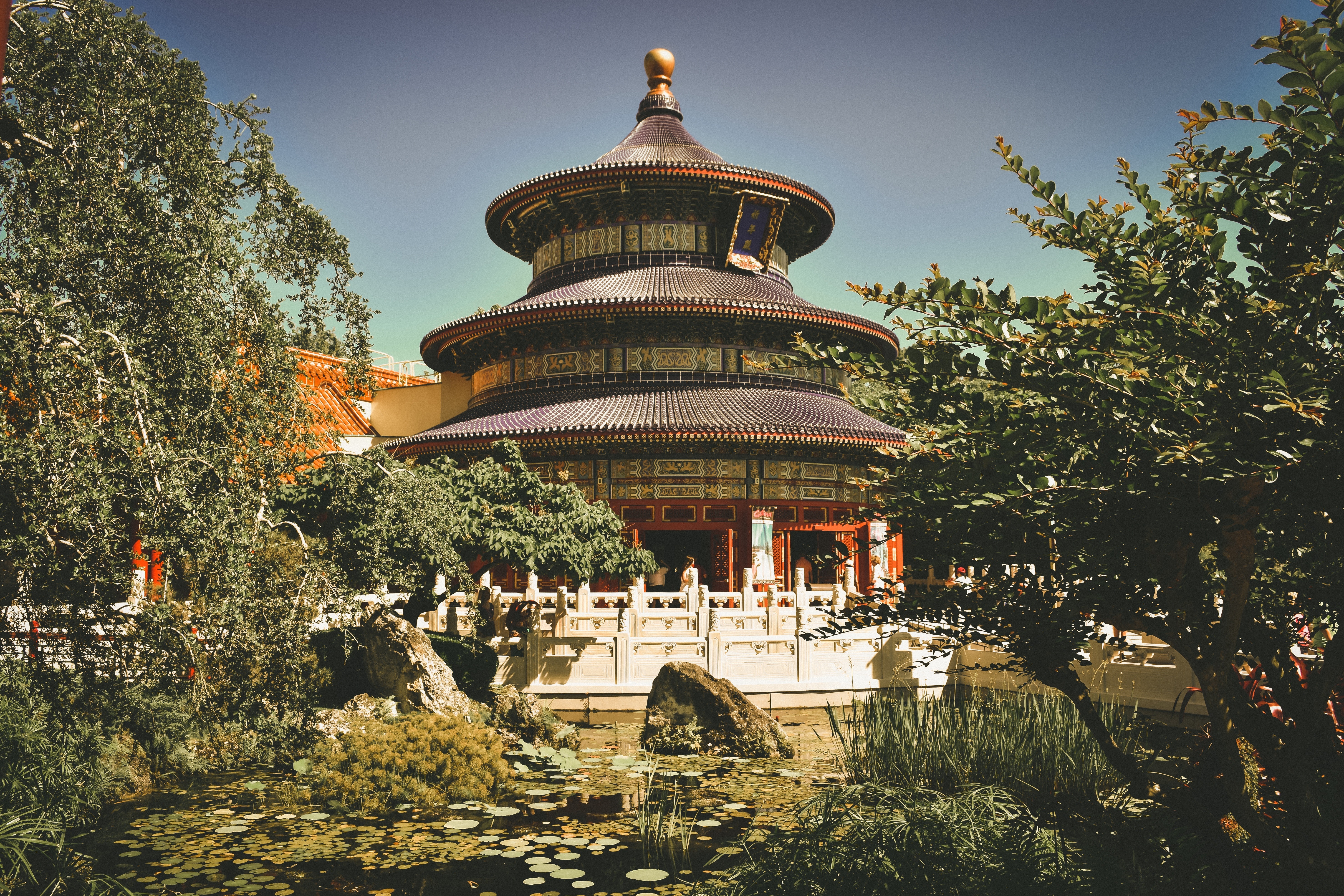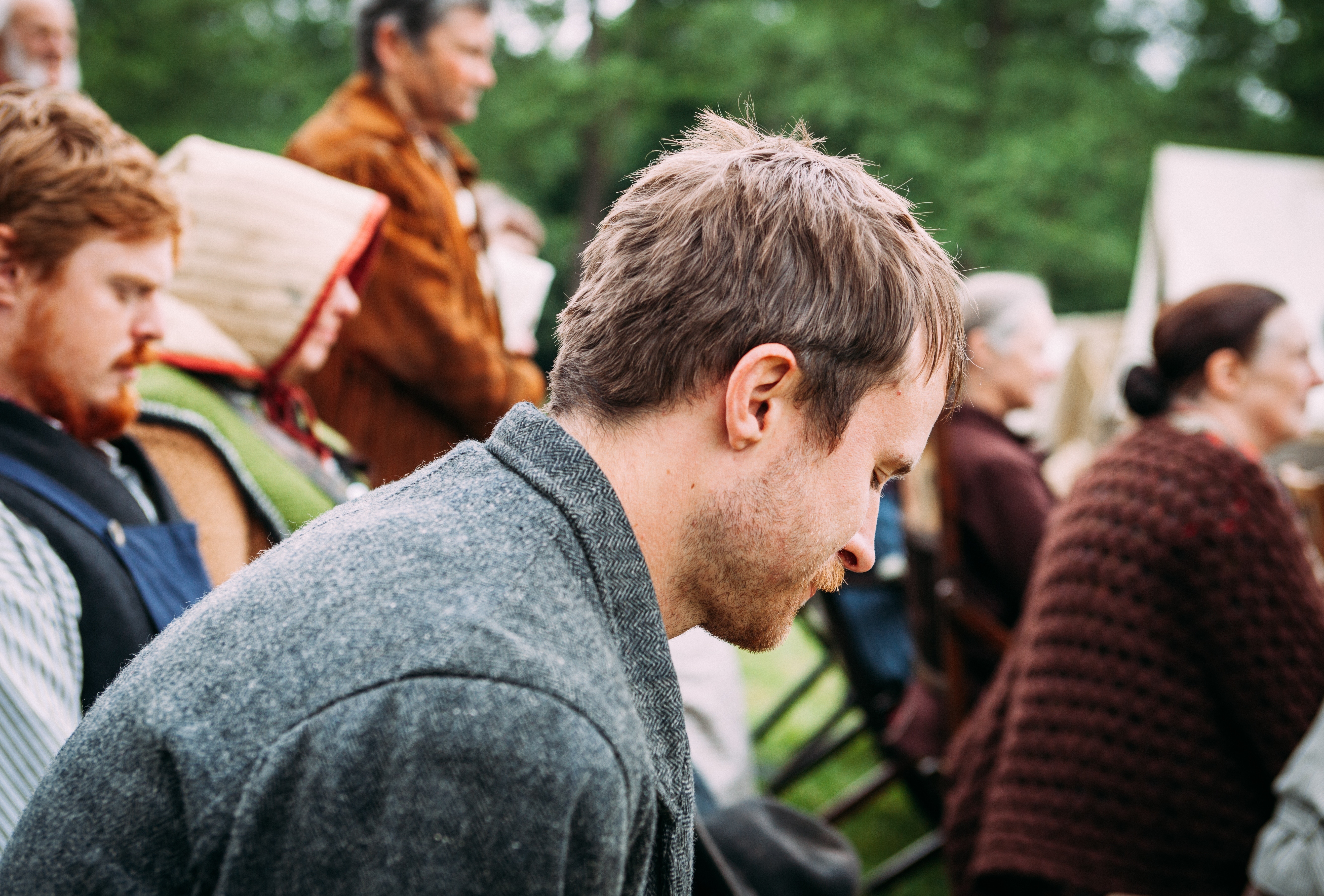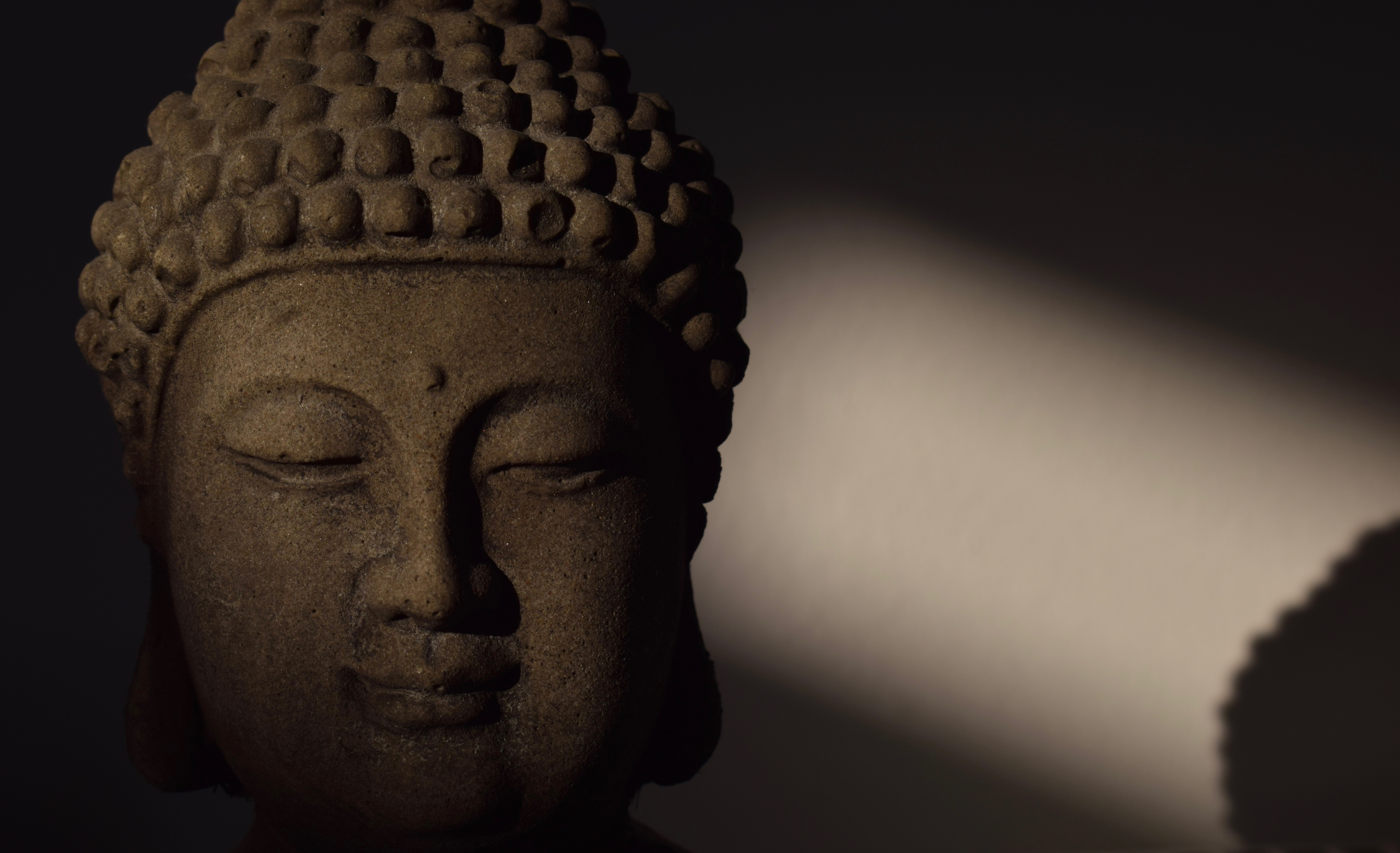The secret philosophy of cultivating a bonsai tree

- Cultivating a bonsai tree is about more than making small, young plants appear larger and older.
- In the process of trying to sculpt a living, breathing, and changing organism, the cultivator submits to the idea that his work will never be finished or complete.
- Bonsai trees teach cultivators about Eastern thought, particularly the importance of patience and humility.
In the 1383 noh-style play The Potted Trees by Japanese poet Zaemi Motokiyo, a poor samurai offers to throw his last three bonsai trees onto the fire to warm a journeying monk. The fact that this small act struck contemporary audiences as deeply noble is a testament to how popular the art of bonsai cultivation — which Japan had adapted from Chinese Zen Buddhists just 70 years prior — was starting to become in the country.
Even back then, bonsai trees were seen as works of art. They were so precious that people refused to part from them, even in times of financial crisis. Not only do bonsai trees serve as direct manifestations of the trends that influence Japanese aesthetics, they also function as a means by which to act out principles unique to Eastern thought. Bonsai trees, in other words, are as visually appealing as they are intellectually stimulating.
For reasons that will be explained momentarily, the term “bonsai” eventually spread beyond East Asia and nestled itself in the vocabularies of Western societies. But while pretty much every American is able to recognize a bonsai tree the moment they see one, few are familiar with the traditions and ideas that continue to inform the way these iconic little plants are supposed to be planted, grown, potted, and exhibited.
More than sculpting trees
Put simply, bonsai is the art of manipulating the growth and appearance of small, young trees to make them look like older, larger ones. When Chinese Buddhists first began teaching their traditions in Japanese monasteries, bonsai cultivation was a small but crucial component of a broader curriculum: miniature gardening. Over time, Japanese students turned this demanding practice into its own distinct discipline — one that emphasized persistence and quiet contemplation.
Though species like junipers and pines are easier to work with due to their pliable natures, almost every type of plant can be transformed into a bonsai as long as it receives the proper care. Cultivators work with saplings or plant their own seeds so they can monitor the growth of their trees as closely as possible. They analyze each bonsai’s unique features, then choose to display it from a side that accentuates its strengths and masks its imperfections.
In order to give their bonsais a more aged appearance, cultivators carefully prune foliage to bring out the shape of the trunk hidden underneath. Unnecessary or uninteresting branches are amputated, preferably with tools like a concave cutter so as to minimize scarring. Some may remove parts of the bark, bleaching the exposed sapwood with lime sulfur solutions. This gives the bonsai a weathered appearance, suggesting previous encounters with heavy winds and lighting storms.
Wabi and sabi
While notions of what bonsai trees should look like vary from one age to another, some preferences have stayed relatively consistent. Aside from having a deceptively mature appearance, a good bonsai should reveal no traces of human intervention; scar tissue must appear natural instead of man-made, while the aluminum wires used to bend trunks or reposition branches have to be removed or covered up before the tree can go on display.
Unlike in Western art movements, symmetry is to be avoided at any and all costs when cultivating a bonsai tree. Perfectly straight trunks have to be bent or countered with foliage cascading in another direction. Branches with unnaturally sharp angles must be cut or removed entirely. The most striking bonsais have always been asymmetrical in their design, yet the arrangement of the branches still manages to impart an undeniable sense of harmony.
The rules that bonsai cultivators try to follow are not arbitrary but informed by wisdom from two ancient worldviews. Principal among these influences were Zen Buddhism — a movement built on overcoming the inherent meaninglessness of one’s existence through patience and self-control — and wabi-sabi, an elusive Japanese concept similarly interested in accepting life’s many imperfections through silence, solitude, and an unwavering appreciation for how time’s decaying hand affects the world around us.
Reminding rather than representing
By growing a bonsai tree, you are essentially acting out ideas formulated by these interwoven branches of Eastern thought. Trees, unlike statues, are not inanimate but living, breathing organisms. A canvas may hold Rembrandt or Vermeer’s brush strokes in place for hundreds of years, but bonsai trees are always in flux. They develop leaves in some seasons and shed them in others. Their branches and roots keep on twisting and turning, constantly undoing the work of its cultivator.
Saburo Kato, a bonsai master who formed one of the first international communities for cultivators in the 1980s, likened growing bonsai to raising kids. It is basically a different way of saying that the art of bonsai is not about creating a flawless masterpiece. Rather, it is a never-ending and labor-intensive battle with the forces of nature. In order to win, cultivators have to acquire the kinds of perseverance and unconditional kindness normally reserved for devout monks.
Kyozo Murata, another bonsai master, may have put it best when he said the purpose of bonsai trees is not necessarily to represent a thought but to remind us of a feeling: “Bonsai,” he said, “has not only a natural beauty of the particular plant but the appearance reminds people of something other than the plant itself. A person awakened to the essential mutability of life does not dread physical waning or loneliness; rather, he or she accepts these facts with quiet resignation and even finds in them a source of enjoyment.”
This article was originally published on Big Think in September 2021. It was updated in September 2022.





